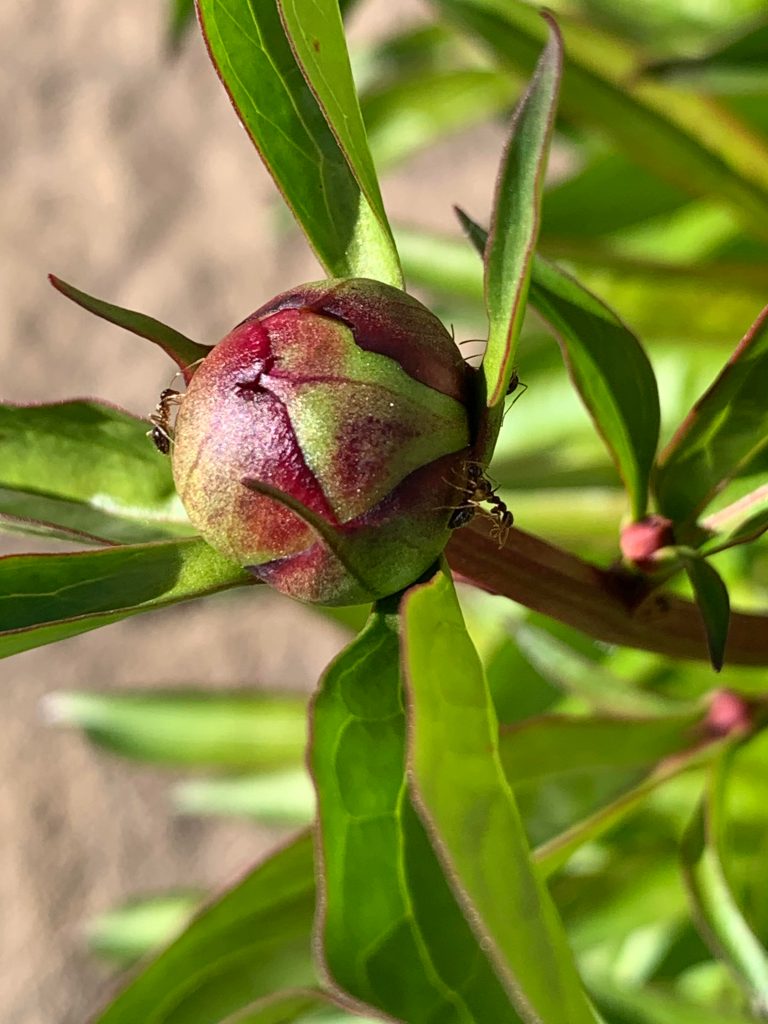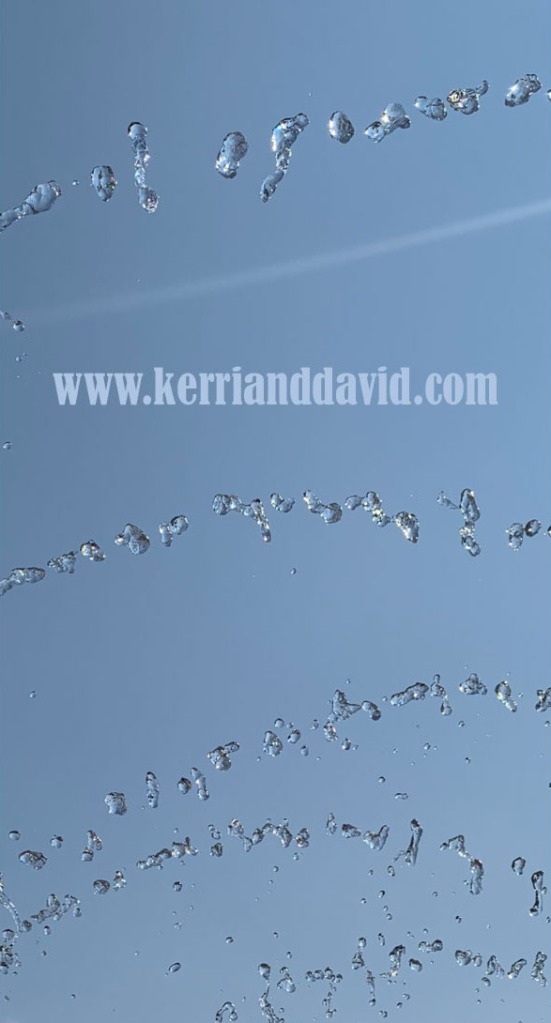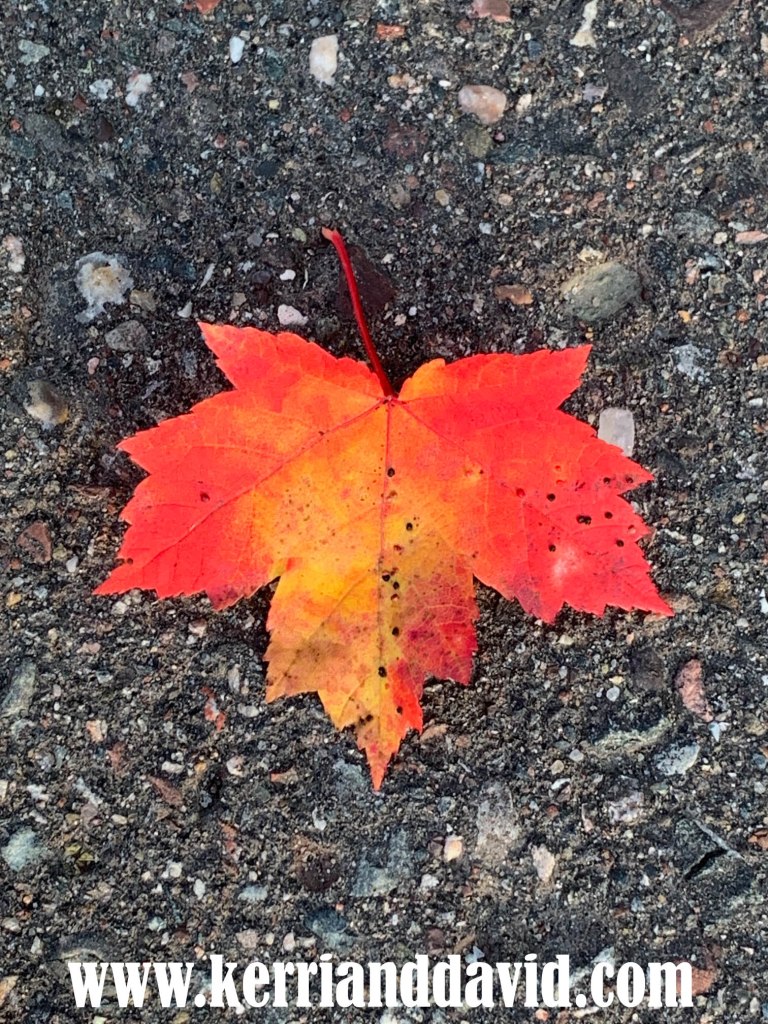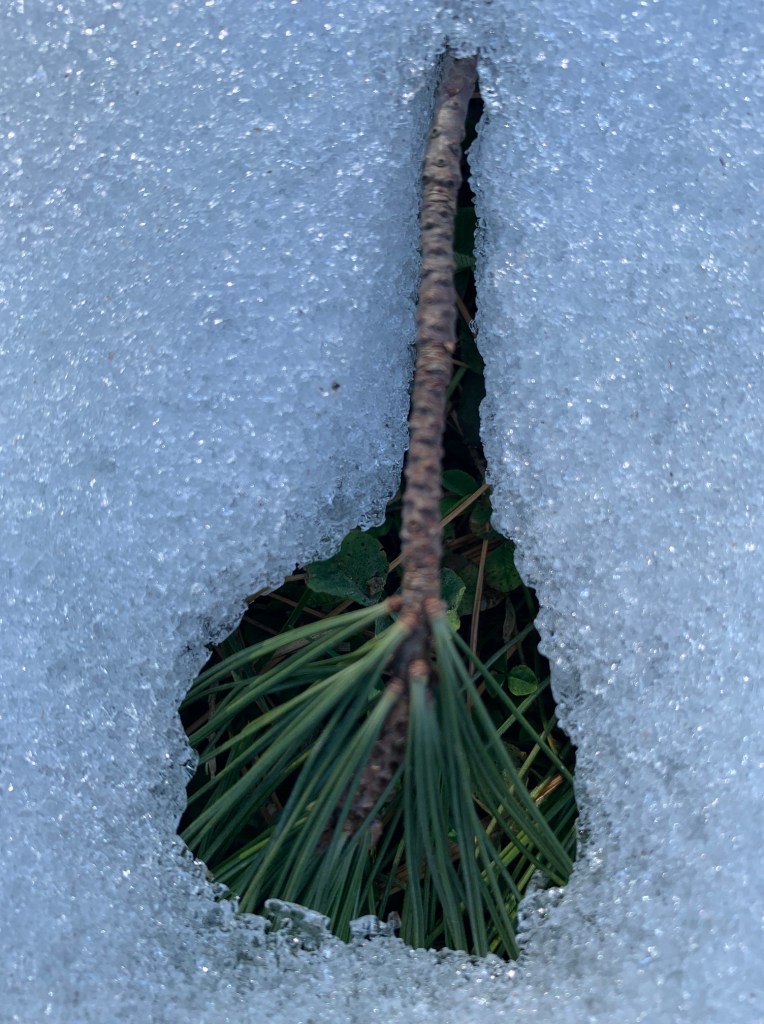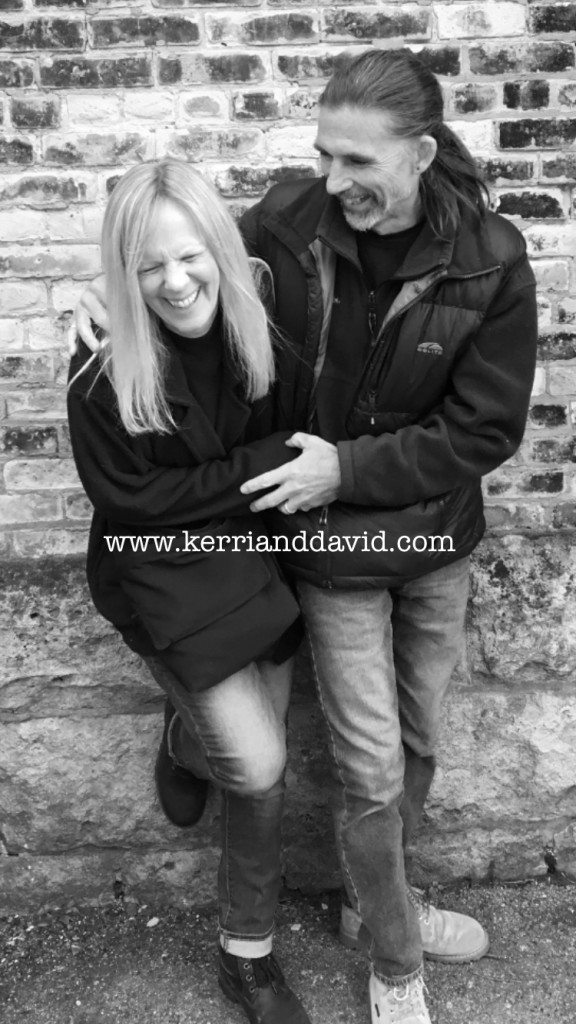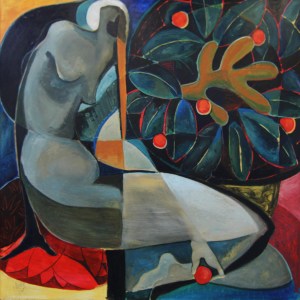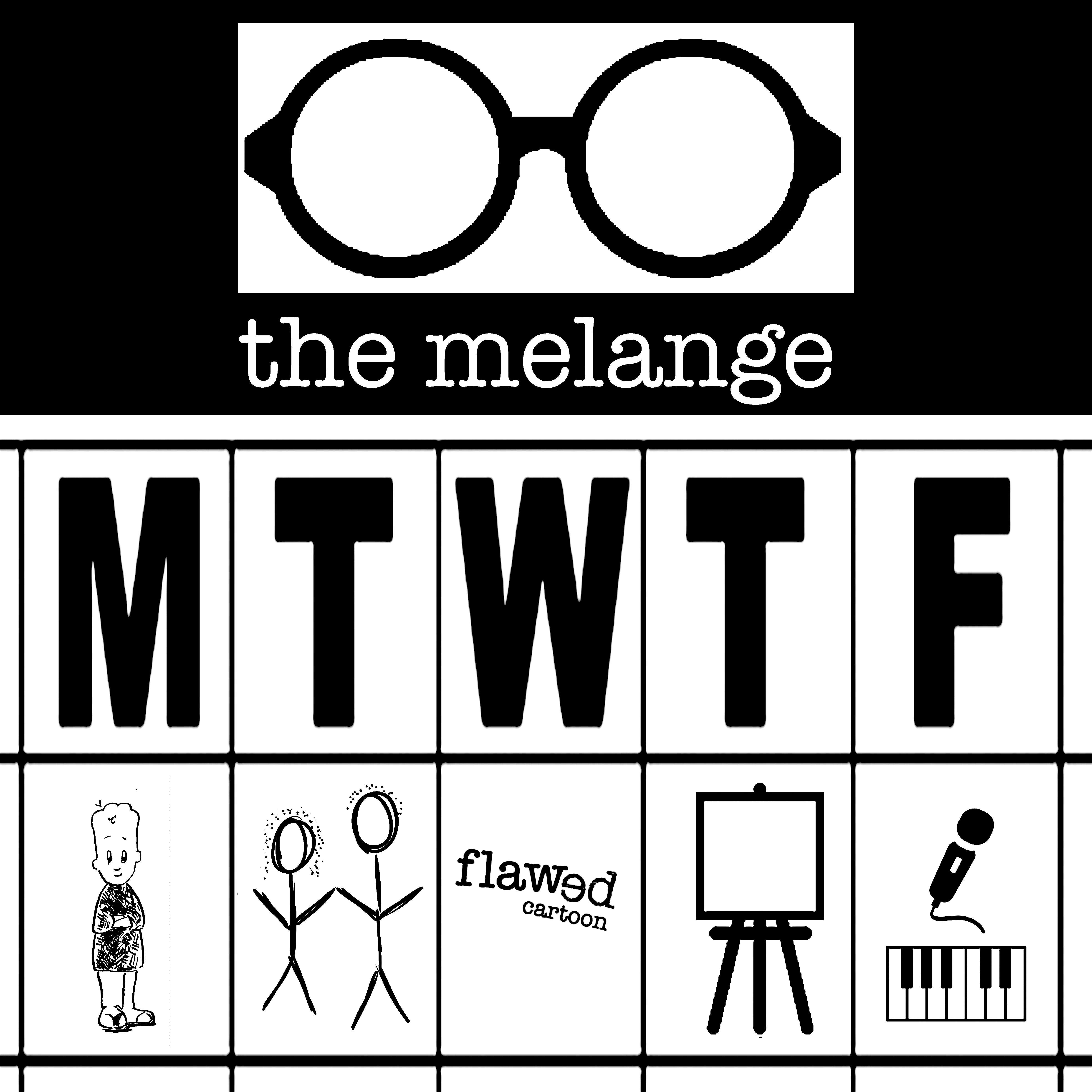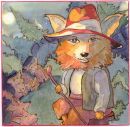In a festival of irony, the moment we sat down to write about our peony, our harbinger of summer sun and the return of good weather, the sky darkened, the lightning flashed, the thunder clapped, and the rain is now dropping in buckets. The weather alert screeched with a warning for hail and possible tornadoes.
I delight in how readily my superstition-gene leaps out of the murky depths of my subconscious pond and concocts fabulous explanations about current circumstance. That is, as a human-being, a maker of stories – I am quite capable of connecting the rush of the sudden storm with our attempt to write about peonies. As if our attempt to write about peonies somehow invoked the storm!
This is not surprising. It is nothing new. My ancestors – and yours – created all manner of rituals in an attempt to appease the angry thunder-hurling god. To influence the powers of dark and light. To invite good fortune. To bring rain to crops. We have always personified nature and then imagined it is responsive to our behavior. Our behests. All around the globe, in many varied and culturally diverse forms, we do it in houses of worship to this day.
It might seem that I am making fun – and I am – but more than that, I am marveling at our genuine desire to be connected to “something bigger” and yet how rarely we recognize that we already are. We are as the peony, not separate from but a part of the pulse of life. We are of nature – not separate from it. My theory is that we have a hard time recognizing it because we imagine that we can control it. We use it to explain what we experience. We use it to justify our abuses to each other. Chosen people; Manifest Destiny and all of that ugly business. The personality we project upon it is at once beatific and horrific. We wonder why it blows our house away. We thank it for our good fortune.
In truth, we do influence Mother Nature and Father Sky, just not in the magical ways we imagine. Carbon emissions. Tapping mighty rivers dry before they reach the sea. Dumping our trash in the oceans. Fracking. It turns out that our behaviors are powerful and, perhaps, our destiny is in our hands. We need not pray to the gods for intervention and salvation, perhaps we need to be the gods of intervention that we desire to be, recognize and behave as if are not above it all, giver of names, but integral, intrinsic, no more or less essential than the peony.
read Kerri’s blogpost about THE PEONY
like. support. share. subscribe. comment. or not – it’s all good.
Filed under: Perspective, Possibility, Two Artists Tuesday | Tagged: artistry, behest, belonging, climate change, connection, david robinson, davidrobinsoncreative.com, gods, good fortune, intervention, Kerri Sherwood, kerri sherwood itunes, kerrianddavid.com, kerrisherwood.com, Manifest Destiny, meaning making, prayer, projection, ritual, salvation, stewardship, story, studio melange, the melange, worship | 1 Comment »


